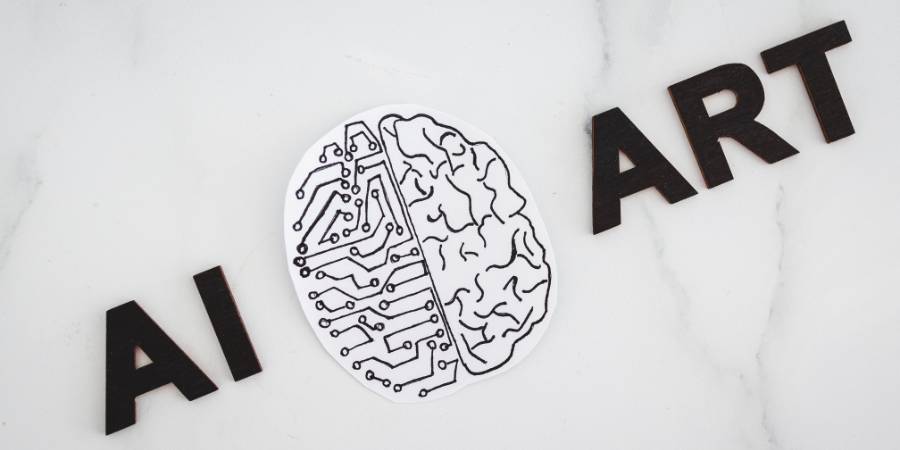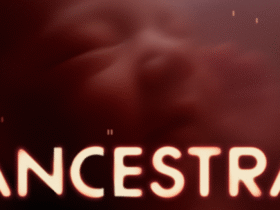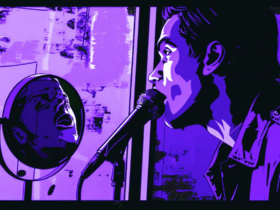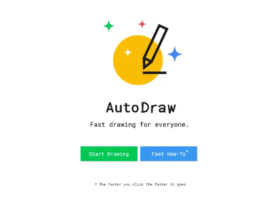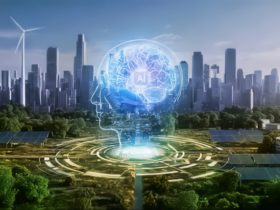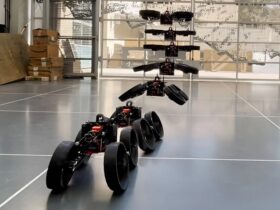In the past few years, the world has witnessed a revolution in artificial intelligence (AI) that has pushed the boundaries of what we thought machines could achieve. No longer confined to crunching numbers or solving complex algorithms, AI has ventured into the realm of creativity—a domain once considered exclusively human. But as AI-generated paintings fetch millions, AI-composed music wins awards, and AI-written literature stirs debate, we are left with a provocative question: Can machines truly create art?
The Rise of AI-Generated Art
Imagine this: a painting crafted by a machine sells for over $400,000 at a prestigious auction. The artwork, titled Portrait of Edmond de Belamy, was created by an AI program called GAN (Generative Adversarial Network). The portrait is eerily beautiful, evoking emotions that one might feel when gazing upon a human-made masterpiece. Yet, it was not touched by a human hand.
Similarly, AI music is captivating listeners worldwide. OpenAI’s Jukebox can compose songs in various genres, complete with lyrics, melodies, and harmonies that can make you tap your feet or bring tears to your eyes. And in literature, AI-written novels, poems, and screenplays are beginning to blur the lines between human and machine creativity.
Is It Really Art?
Art, in its essence, is an expression of the human experience—our emotions, struggles, dreams, and desires. It’s a medium through which we communicate our deepest thoughts and connect with others on an emotional level. So, when a machine produces a painting, a song, or a poem, can it truly be considered art?
Critics argue that AI lacks consciousness, emotion, and the capacity for self-expression—key ingredients of genuine creativity. An AI doesn’t experience heartbreak, joy, or existential angst; it merely processes data and generates outputs based on patterns. To some, this disqualifies AI-generated works from being called “art” in the truest sense.
However, others argue that art is not solely defined by its creator’s intent but by its impact on the audience. If an AI-generated piece moves you, makes you think, or sparks an emotional response, does it really matter if it was created by a machine or a human? In this view, art transcends its origins and becomes a shared experience between the creator (human or machine) and the observer.
The Implications for Human Creativity
The rise of AI in the creative arts is both thrilling and unsettling. On one hand, AI can push the boundaries of creativity, offering new tools and perspectives that humans alone might not have conceived. It can assist artists, musicians, and writers in exploring uncharted territories, breaking free from traditional constraints, and achieving their creative visions.
But on the other hand, there’s a fear that AI could devalue human creativity. If machines can produce art, what does that mean for artists? Will AI-generated content flood the market, leaving human creators struggling to find their place? Could the very definition of creativity be rewritten by machines that “think” differently than we do?
The Value of AI-Generated Art
One of the most shocking and polarizing aspects of AI-generated art is its growing value—both cultural and monetary. As AI art gains legitimacy, it’s challenging our understanding of what art is worth. Who deserves credit for a machine’s creation? The programmers? The AI itself? Or does ownership even matter in the digital age?
The value of AI-generated art extends beyond aesthetics. It raises questions about the role of technology in our lives, the nature of creativity, and the future of human expression. As AI continues to evolve, so too will our relationship with it, prompting us to redefine what it means to be an artist in the 21st century.
Conclusion: The Future of Creativity
So, can machines truly create art? The answer might depend on how we choose to define art and creativity in a world where the lines between human and machine are increasingly blurred. AI has shown that it can produce works that evoke emotions, challenge perceptions, and spark conversations—everything we expect from art. But whether these creations carry the same depth, meaning, and soul as those crafted by human hands is a debate that is far from settled.
As we move forward, one thing is clear: AI is not here to replace human creativity but to augment it. The most exciting possibilities lie not in the competition between man and machine but in their collaboration. Together, we might just create something truly extraordinary.
So, the next time you listen to a haunting melody, read a thought-provoking poem, or marvel at a stunning piece of art, take a moment to wonder—could this be the work of a machine? And if it is, does that make it any less meaningful? In the end, the value of art, whether created by flesh or code, lies in its ability to move us, to make us feel, and to remind us of our shared humanity.
What do you think? Can machines truly create art, or is AI just a tool that mimics creativity? Share your thoughts and join the conversation!
Feel free to share this post on social media, and let’s get the debate going. Whether you’re an artist, a tech enthusiast, or just someone who loves a good discussion, this is a topic that affects us all.



